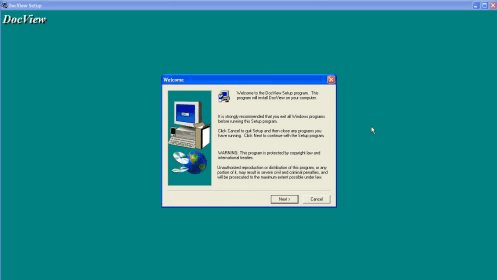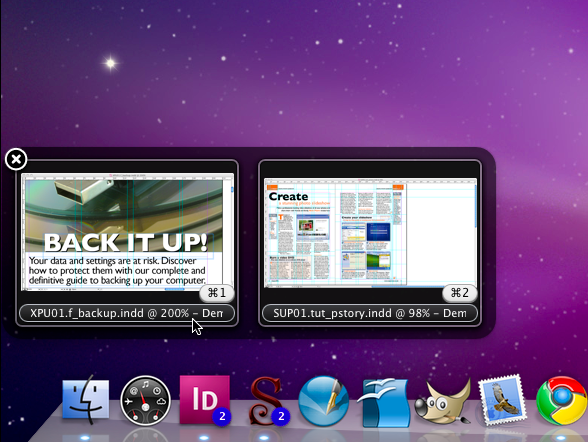
- DOCKVIEW DOWNLOAD FOR MAC
- DOCKVIEW DOWNLOAD FULL
- DOCKVIEW DOWNLOAD SOFTWARE
- DOCKVIEW DOWNLOAD CODE
- DOCKVIEW DOWNLOAD DOWNLOAD
DOCKVIEW DOWNLOAD FOR MAC
Return to Visual Studio for Mac and edit the ViewController. So setting properties such as BackgroundColor or overriding DrawRect will have no visual effect.Ĭontinue to layout the app's interface by adding a Label, ImageView, two Buttons and a Horizontal Stack View so that it resembles the following:Ĭonfigure the Horizontal Stack View with the following options:īecause we don't want the icon that represents each "point" in the rating to be stretched when it's added to the Horizontal Stack View, we've set the Alignment to Center and the Distribution to Fill Equally.įinally, wire up the following Outlets and Actions: UIStackView is designed as a non-rendering container view and as such, it is not drawn to the canvas like other subclasses of UIView. When working with a Stack View, you can think of the Alignment as the X and Y location of the subview and the Distribution as the Height and Width.
DOCKVIEW DOWNLOAD SOFTWARE
Unable to perform all tasks of software it was meant to replace.
DOCKVIEW DOWNLOAD DOWNLOAD
In the Attribute Inspector, set the following options: Slate is completely free to download and use, which is a great option in a field of Mac WMs that often costs money to use. First, drag a single Vertical Stack View on the View Controller: Start a new Xamarin.iOS project and edit the Main.storyboard file in Xcode's Interface Builder. We'll be using two Stack Views: one to arrange the interface vertically on the device's screen and one to arrange the 1-5 rating icons horizontally across the screen. This document consists of two parts: a quick start to help you implement yourįirst stack view, and then some more technical details about how it works.Īs a quick introduction to the UIStackView control, we are going to create a simple interface that allow the user to enter a rating from 1 to 5. The subviews either inside a Storyboard in the iOS Designer, or by adding and removing subviews in C# code. When using a UIStackView in a Xamarin.iOS app, the developer can either define The layout of all subviews attached to a Stack View are managed by it based onĭeveloper defined properties such as axis, distribution, alignment and spacing: Responds to the orientation and screen size of the iOS device. To manage a stack of subviews, either horizontally or vertically, which dynamically The Stack View control ( UIStackView) leverages the power of Auto Layout and Size Classes We have decided to present this walkthrough using Xcode until the fixes required are implemented in the Stable channel. Switching the Beta or Alpha channels should alleviate this issue. Specifically for DockviewReact there exists higher-order components to encapsulate both the tab and contents into one logical component for the user making state sharing between the two simple, which is an optional feature.Please note that while StackView is supported in the iOS Designer, you may encounter usability bugs when using the Stable channel. You can follow a similar pattern for GridviewReact, SplitviewReact and PaneviewReact components too, see examples for more. For example: ĭemonstrated below is a high level example of a DockviewReact component. You should also attach a dockview theme to an element containing your components. For example: '~dockview/dist/styles/dockview.css'

Within your project you must import or reference the stylesheet at dockview/dist/styles/dockview.css. Quick startĭockview has a peer dependency on react >= 16.8.0 and react-dom >= 16.8.0.
DOCKVIEW DOWNLOAD CODE
Some parts of the core resizable panelling are inspired by code found in the VSCode codebase, splitview and gridview.

This project was inspired by many popular IDE editors.
DOCKVIEW DOWNLOAD FULL
gridviews) supporting full layout managment with

Want to inspect the latest deployment? Go to / Features Zero dependency layout manager supporting tabs, grids and splitviews with ReactJS supportĪ zero dependency layout manager based on the layering of splitview with support for ReactJS components, written in TypeScript.


 0 kommentar(er)
0 kommentar(er)
